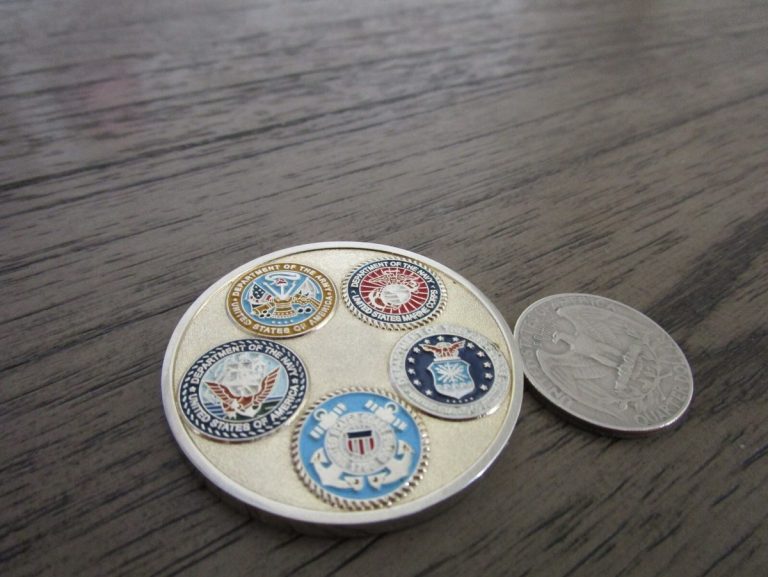
Sensory evaluation plays a critical role in food research, allowing scientists and food technologists to assess the sensory attributes of food products, including taste, texture, aroma, and appearance. These วิจัยอาหาร (Food research) help in understanding consumer preferences and improving food quality.
1. Descriptive Analysis
Descriptive analysis is one of the most detailed methods used in sensory evaluation. Trained panelists are employed to describe and quantify the sensory characteristics of a food product. This วิจัยอาหาร (Food research) technique involves identifying the intensity of specific attributes, such as sweetness, bitterness, or crunchiness. The data collected provides a comprehensive sensory profile of the product, which is valuable for product development and quality control.
2. Hedonic Testing
Hedonic testing, or preference testing, is used to gauge consumer acceptance and preference for a product. Unlike descriptive analysis, hedonic testing is conducted with untrained consumers who rate their liking of the product on a scale, such as from 1 to 9. This technique helps companies understand consumer satisfaction and predict market success, making it a critical step in product development.

3. Triangle Test
The triangle test is a type of discrimination testing used to determine whether there are perceptible differences between two products. In this test, panelists are given three samples—two identical and one different—and are asked to identify the odd one out. This technique is particularly useful when comparing a new product formulation with an existing one or when assessing the impact of ingredient substitutions.
4. Paired Comparison Test
The paired comparison test is another discrimination method where panelists are presented with two samples and asked to choose the one that has more of a specific characteristic, such as sweetness or saltiness. This test is often used to compare different formulations or to assess the effects of processing changes on sensory attributes.
5. Time-Intensity (TI) Analysis
Time-intensity analysis measures how the perception of a sensory attribute changes over time while the product is being consumed. For example, panelists may be asked to continuously rate the intensity of sweetness as they eat a piece of chocolate. TI analysis is particularly useful for understanding the dynamic sensory properties of foods, such as flavor release and aftertaste.
6. Quantitative Descriptive Analysis (QDA)
It is a specific form of descriptive analysis that involves the use of a trained panel to evaluate and quantify the sensory characteristics of a product. The results are typically displayed in a spider or radar plot, providing a visual representation of the product’s sensory profile. QDA is widely used in product development, quality control, and competitive analysis.




